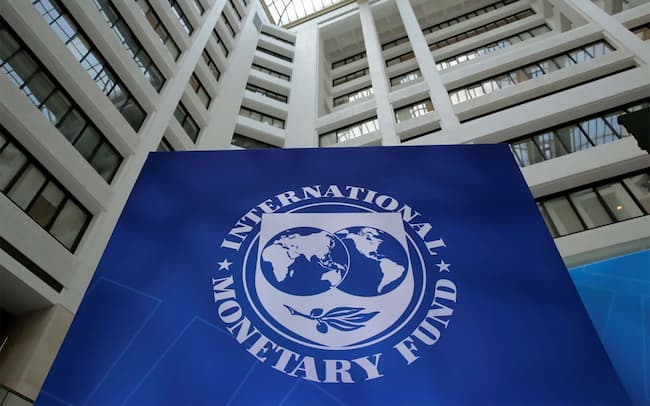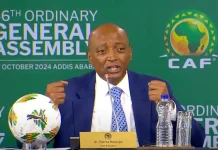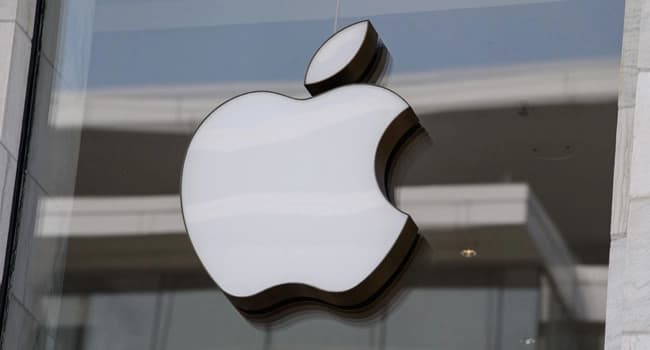The International Monetary Fund has stated that, while Nigeria and other low-income debtors have yet to request debt relief, high debt payment costs continue to be a significant concern.
In a recent report, the multilateral lender stated that the good news was that no low-income nation had made a major request for comprehensive debt relief since Ghana more than a year ago. Regarding policy improvements targeted at raising income, the IMF praised Nigeria and three other countries for recent subsidy cuts that will free up funds for development investment.
It said, “Building resilience in the face of these trends requires countries to act. Some countries have made progress— for instance, Angola, The Gambia, Nigeria, and Zambia have taken steps to implement significant energy subsidy reforms to create space for development spending.”
It, however, expressed worry that many countries were lagging behind, especially in efforts to increase revenues, such as broadening the tax base, reducing tax exemptions, and increasing the efficiency of tax administration.
For instance, the typical Sub-Saharan African countries raised only 13 per cent of gross domestic product in revenues in 2022, compared with 18 per cent in other emerging economies and developing countries and 27 per cent in advanced economies.
“And those with high debt vulnerabilities can’t afford to wait. Policy reforms are needed to boost growth and capture more revenue from that growth, for instance, through tax reforms. This will directly improve countries’ key debt metrics and ensure they can avoid a costly debt crisis,” the report read further.
According to the Debt Management Office, Nigeria’s public debt profile increased to N87.91tn at the end of the third quarter of 2023.
In 2024, the federal government intends to spend N8.25 trillion on debt payments. The amount equals 45% of anticipated income and has sparked condemnation from economists, notably the World Bank, which has warned that unless urgent changes are adopted, Nigeria’s debt service-to-revenue ratio will exceed 160 percent by 2027. It noted that finance challenges from relatively high interest payments, as well as the rate at which low-income nations must repay debt, were putting a strain on budgets.
According to the lender, this prohibited those governments from increasing expenditure on basic services or making the key investments required to attract industry, generate employment, boost prosperity, and build climate resilience.
The report read in part, “One important metric is the share of revenues the government collects from its population through taxes and other fees that go to pay its foreign creditors. While the scale of the burden differs greatly across countries, it’s generally about two and a half times higher than a decade earlier.
“This means for a typical low-income borrower the share has risen to about 14 per cent, from about 6 per cent, and as much as 25 per cent, from about 9 per cent in some economies. This is one of the key indicators used in the framework for assessing debt sustainability that signals a country might be at risk of needing financial support from the IMF or of missing a debt payment.”
It, however, expressed worry that many countries were lagging behind, especially in efforts to increase revenues, such as broadening the tax base, reducing tax exemptions, and increasing the efficiency of tax administration.
For instance, the typical Sub-Saharan African countries raised only 13 per cent of gross domestic product in revenues in 2022, compared with 18 per cent in other emerging economies and developing countries and 27 per cent in advanced economies.
“And those with high debt vulnerabilities can’t afford to wait. Policy reforms are needed to boost growth and capture more revenue from that growth, for instance, through tax reforms. This will directly improve countries’ key debt metrics and ensure they can avoid a costly debt crisis,” the report read further.
According to the Debt Management Office, Nigeria’s public debt profile increased to N87.91tn at the end of the third quarter of 2023.
In 2024, the Federal Government plans to spend N8.25tn on debt servicing. The figure represents 45 per cent of projected income and has drawn criticism from economic experts, including the World Bank which warned that unless drastic reforms are implemented, Nigeria’s debt service-to-revenue ratio would hit 160 per cent by 2027.














